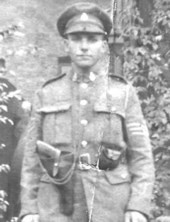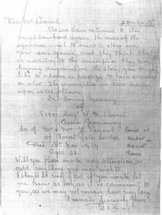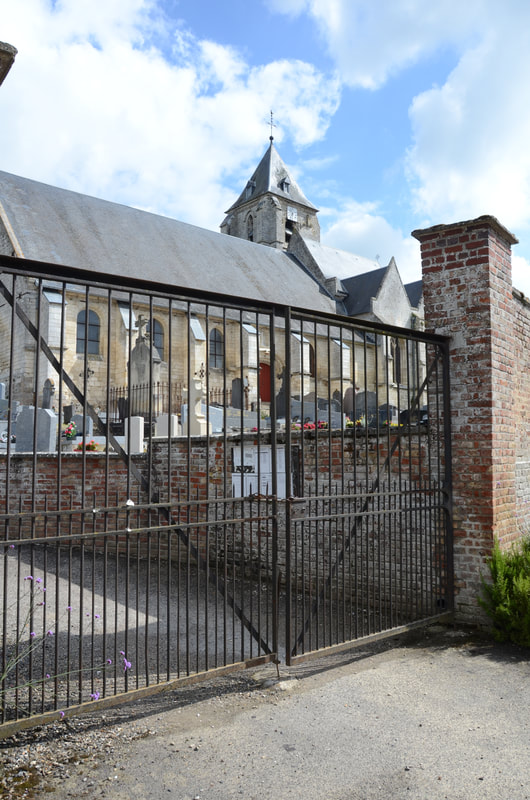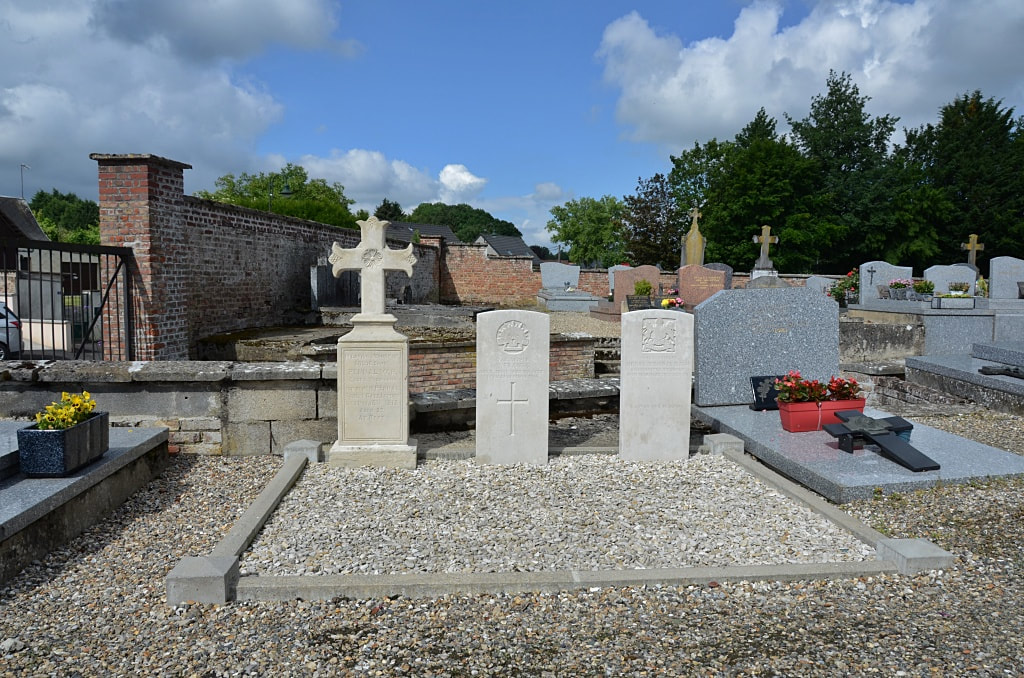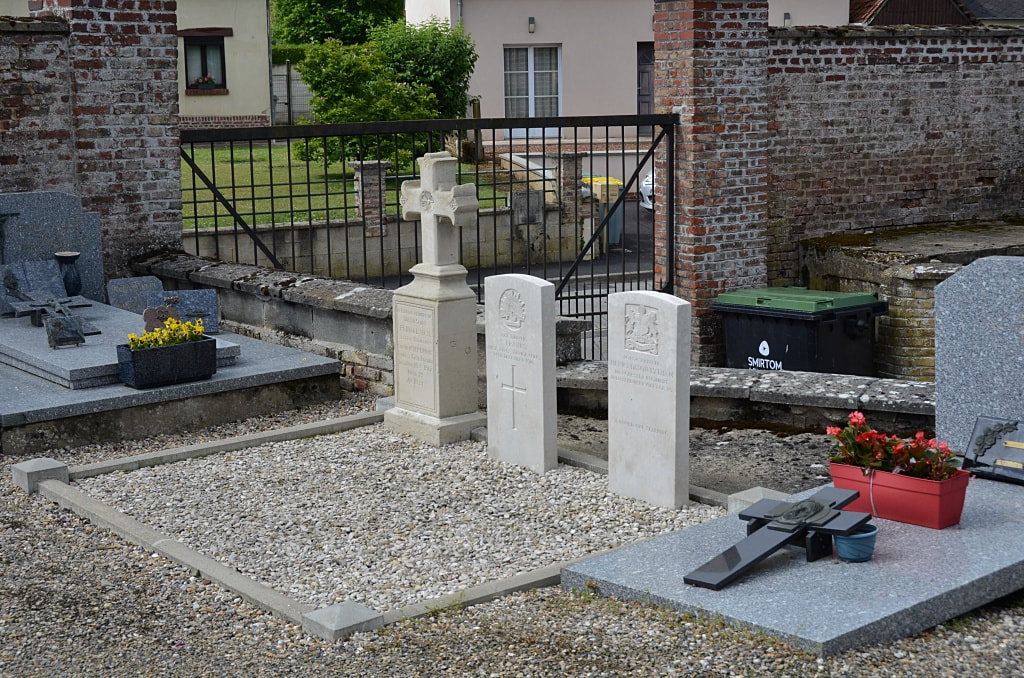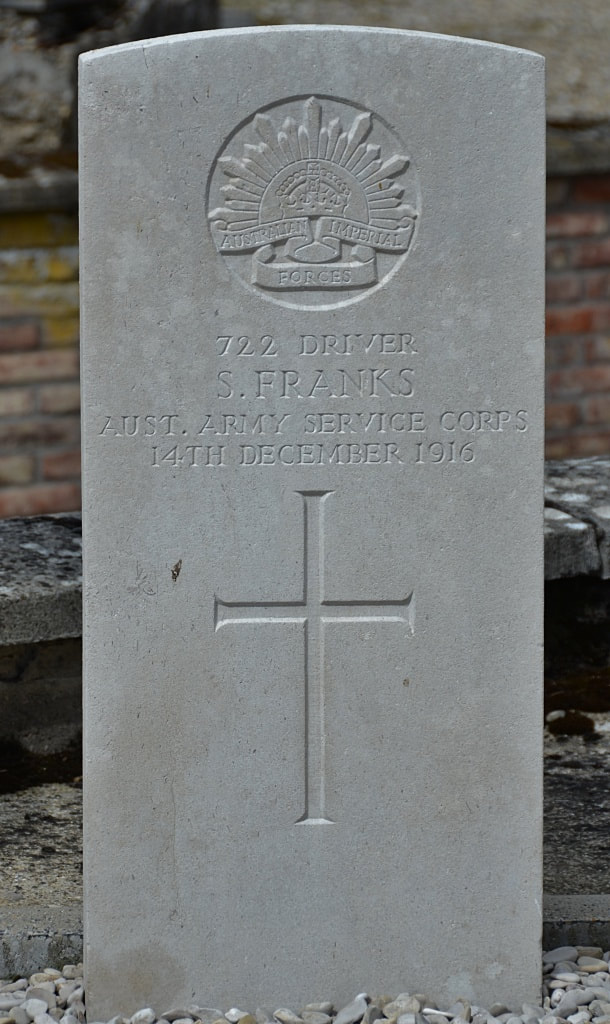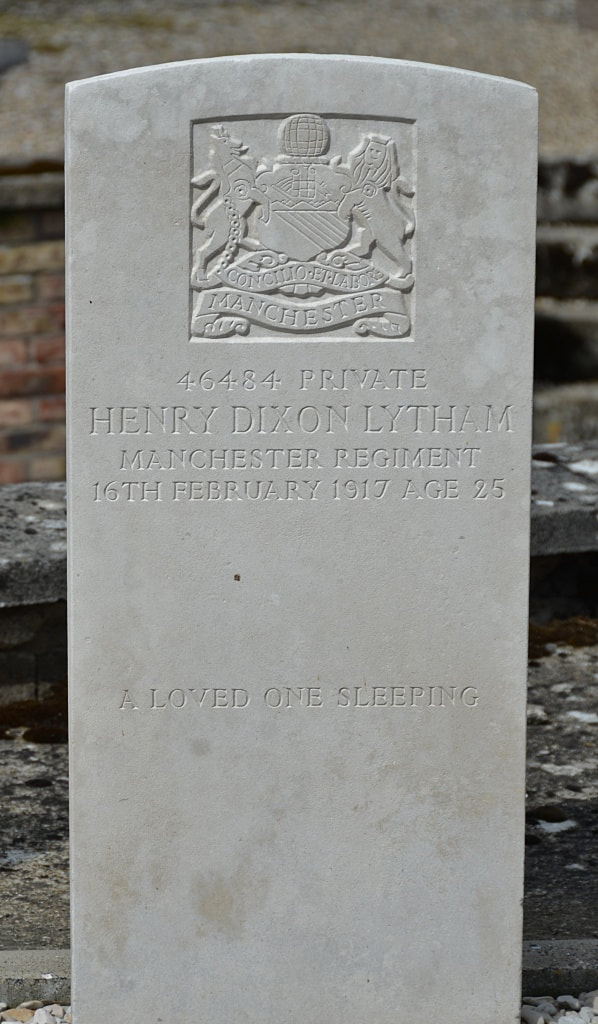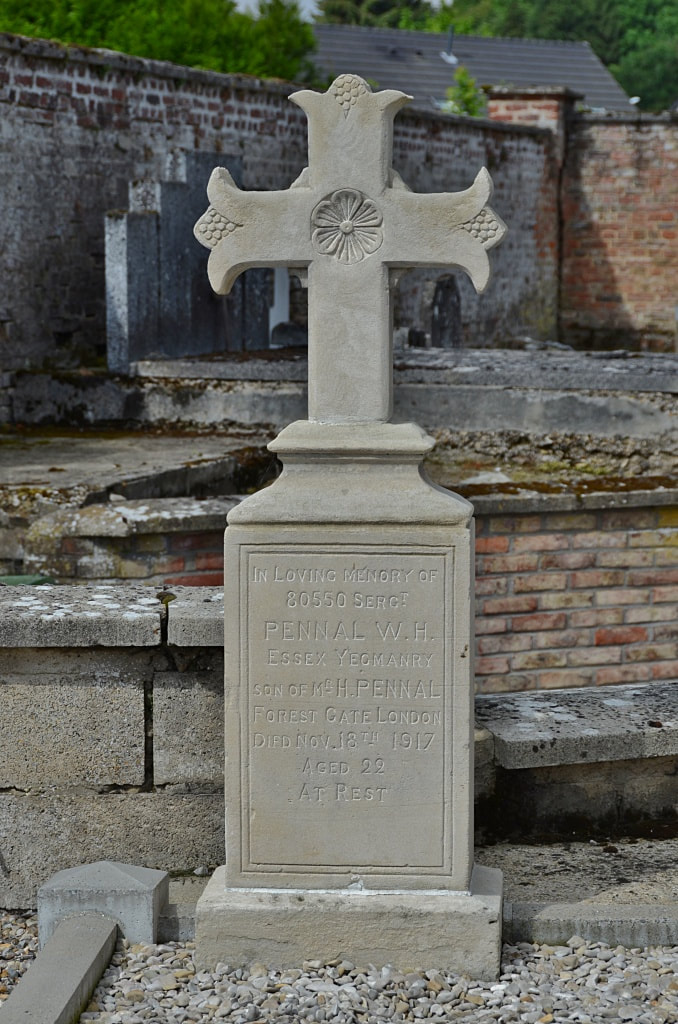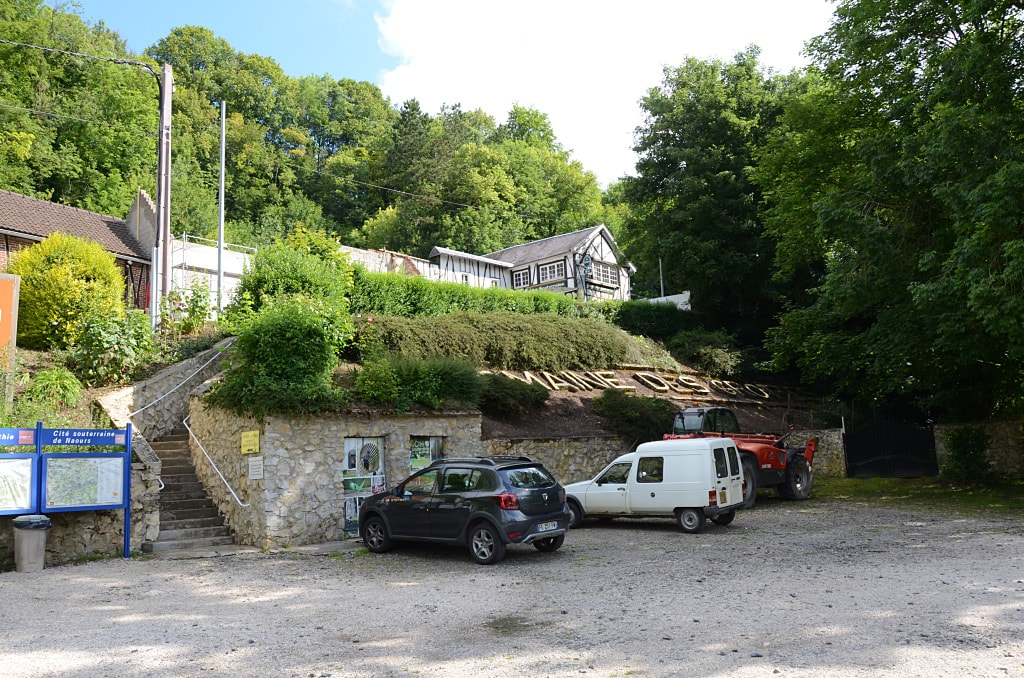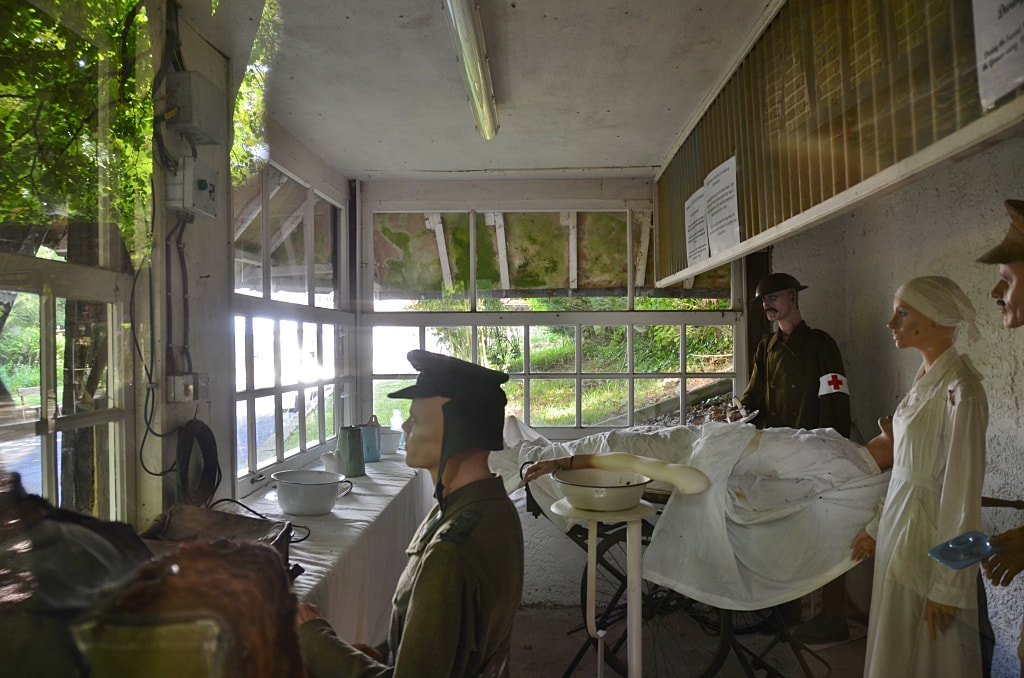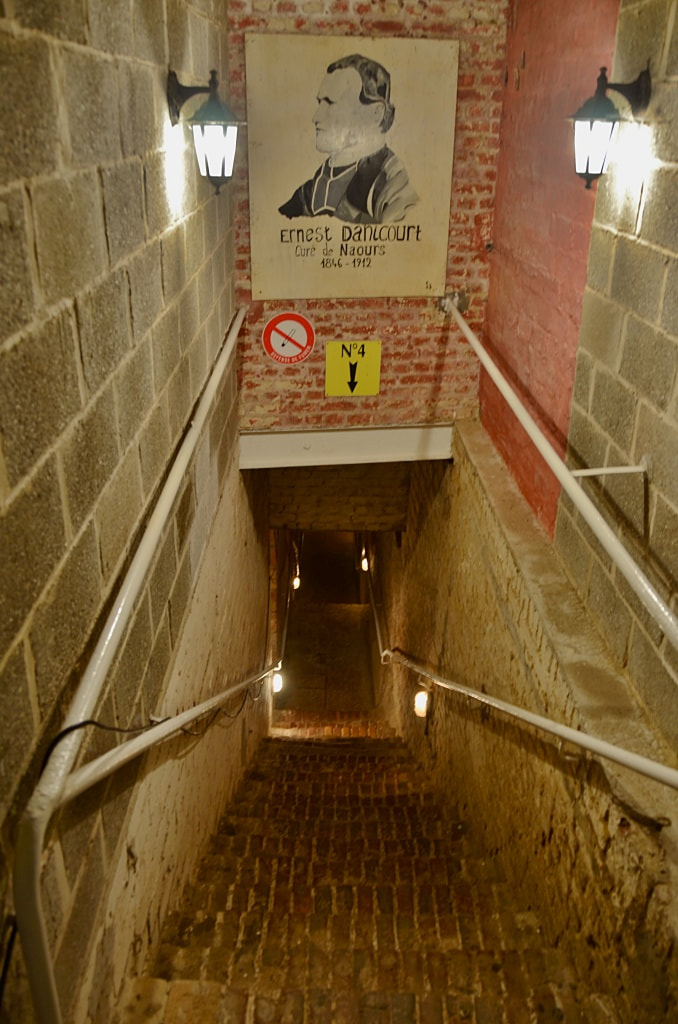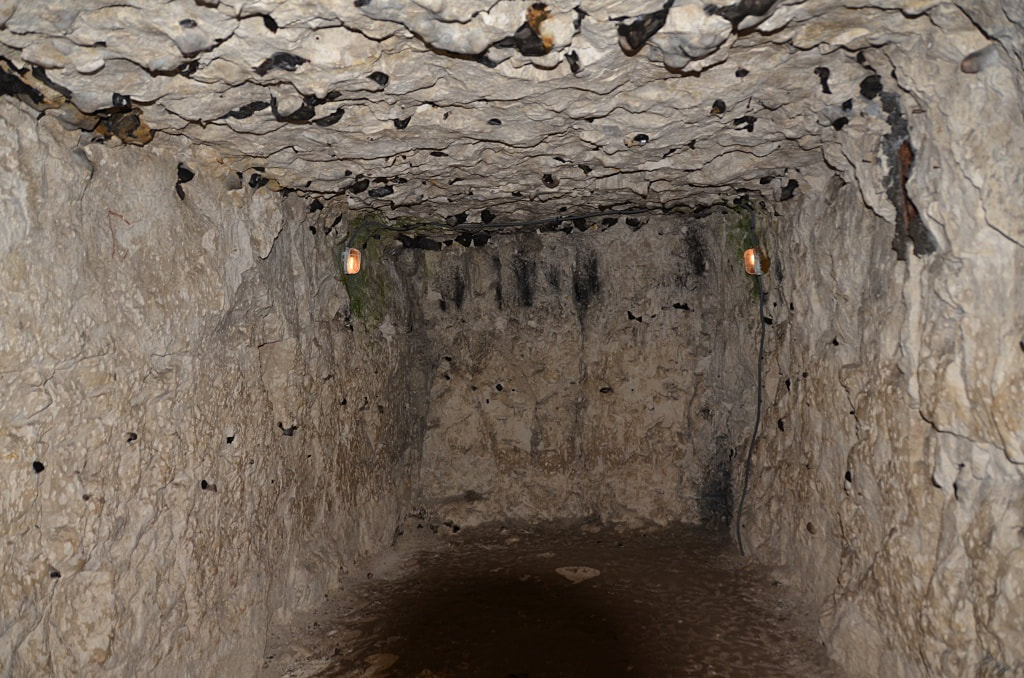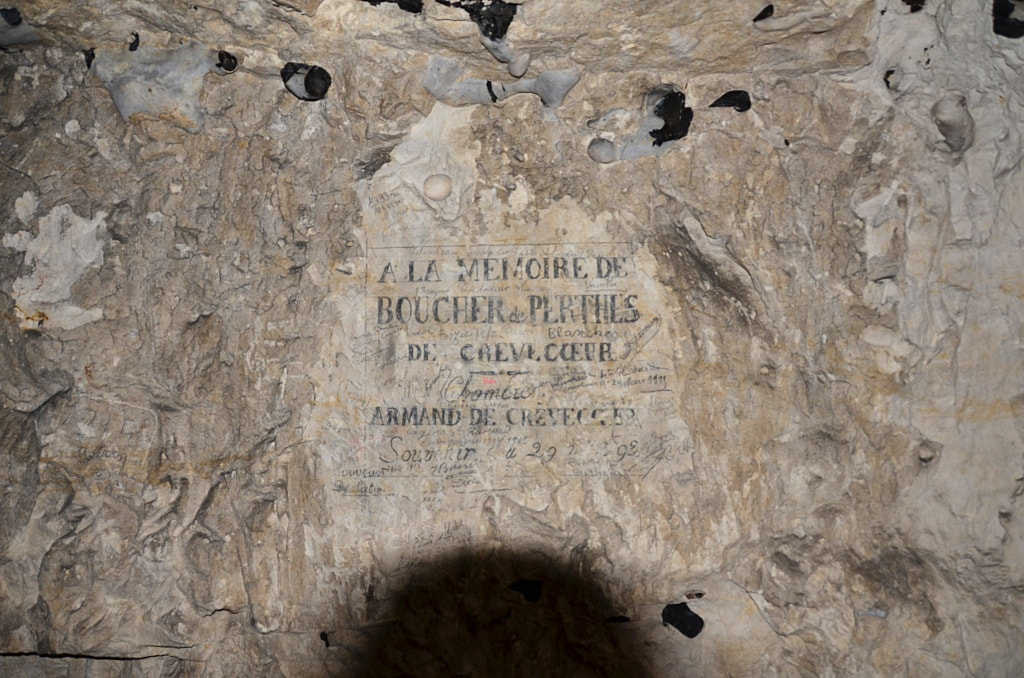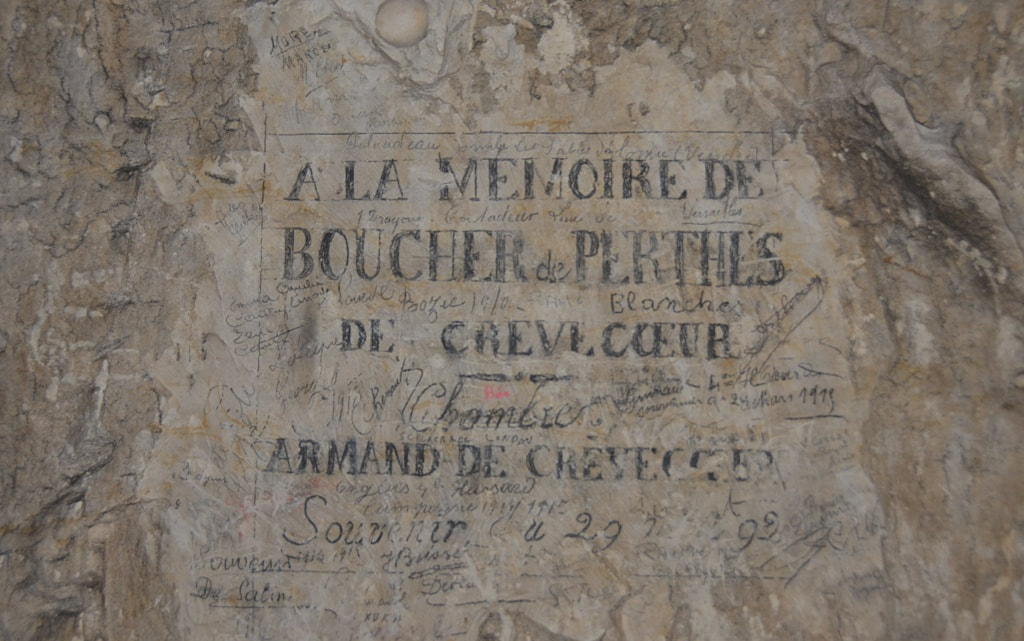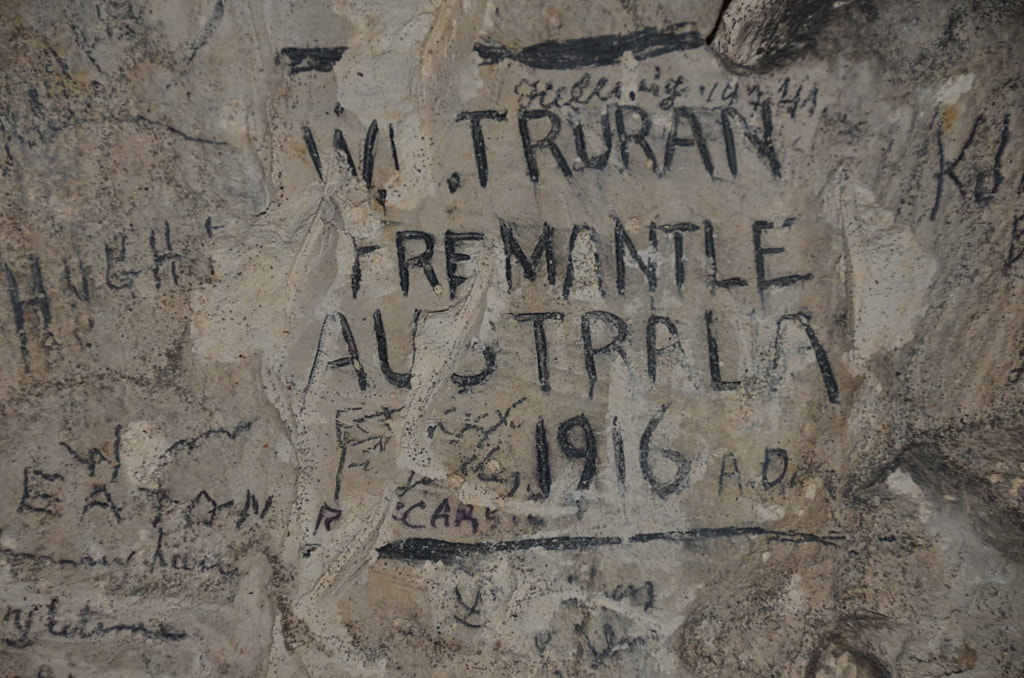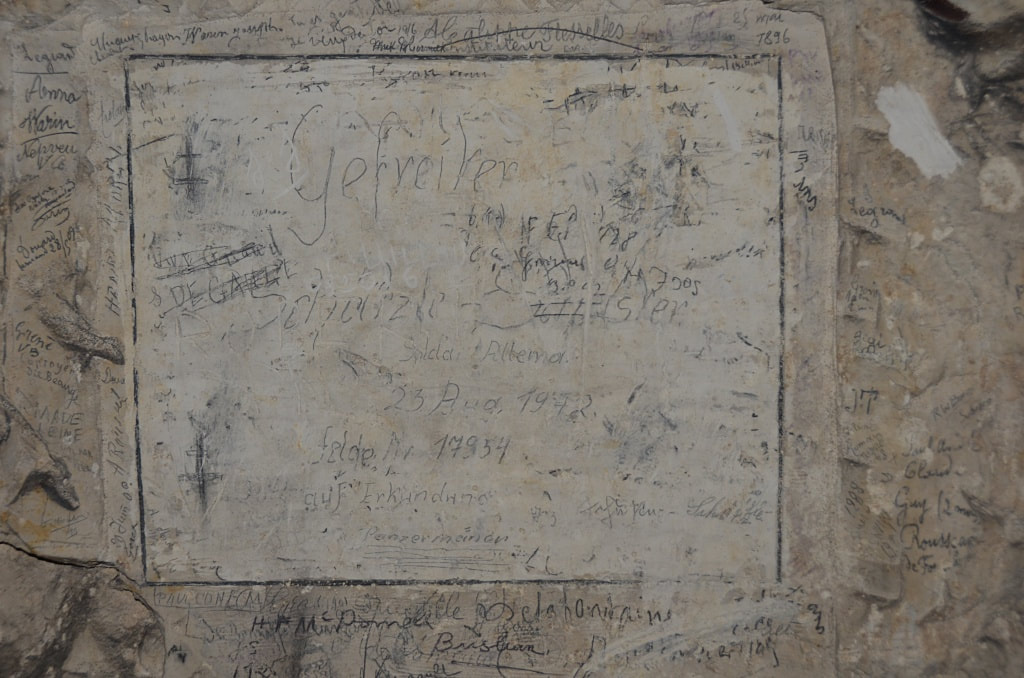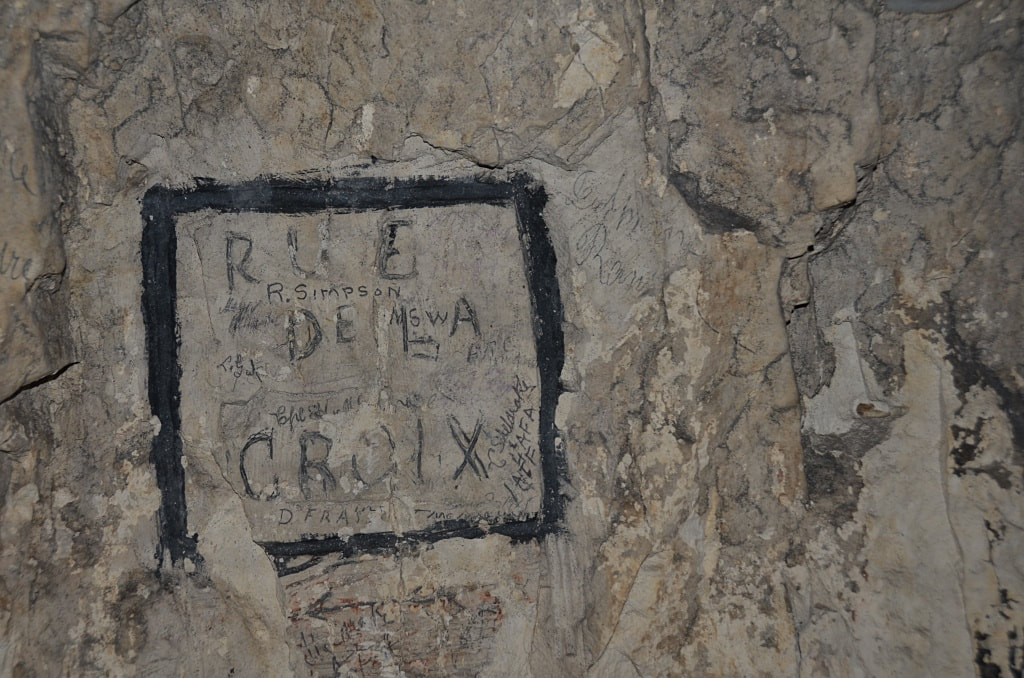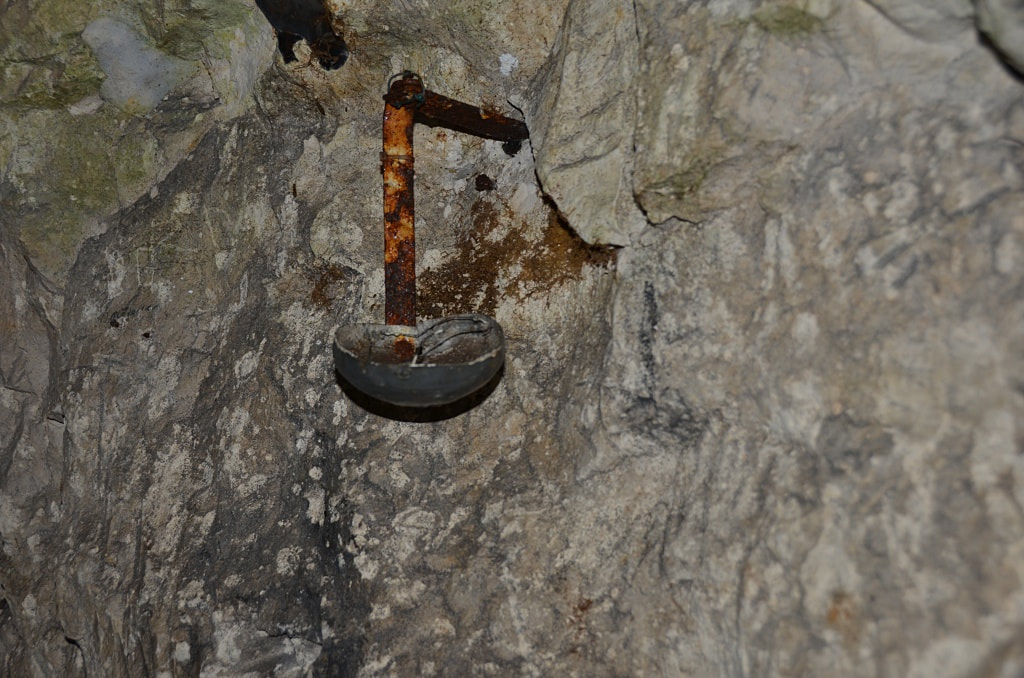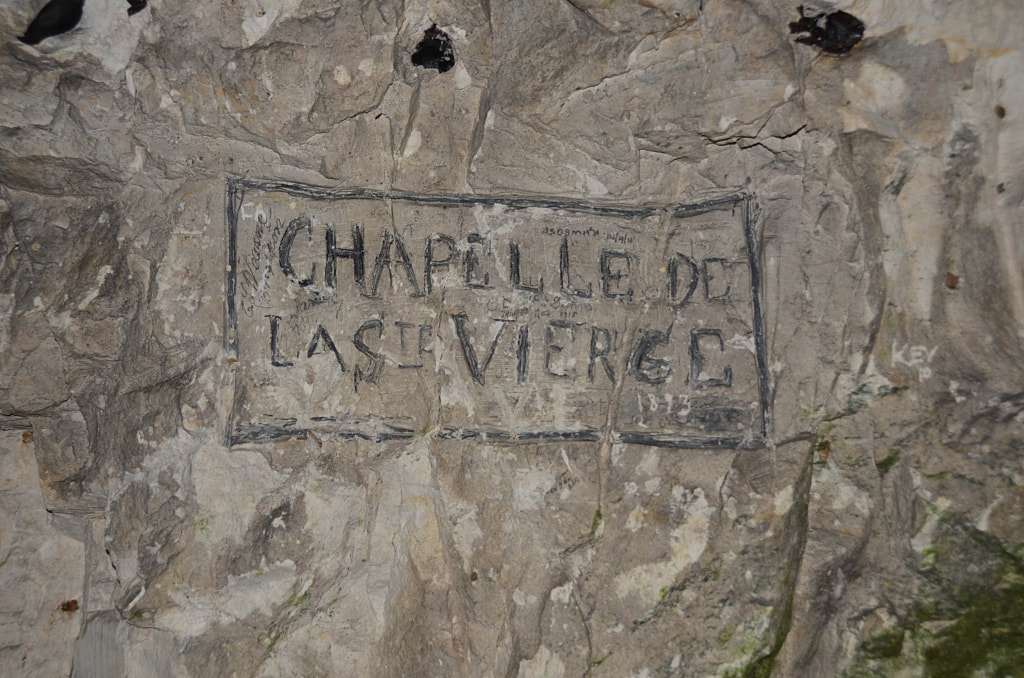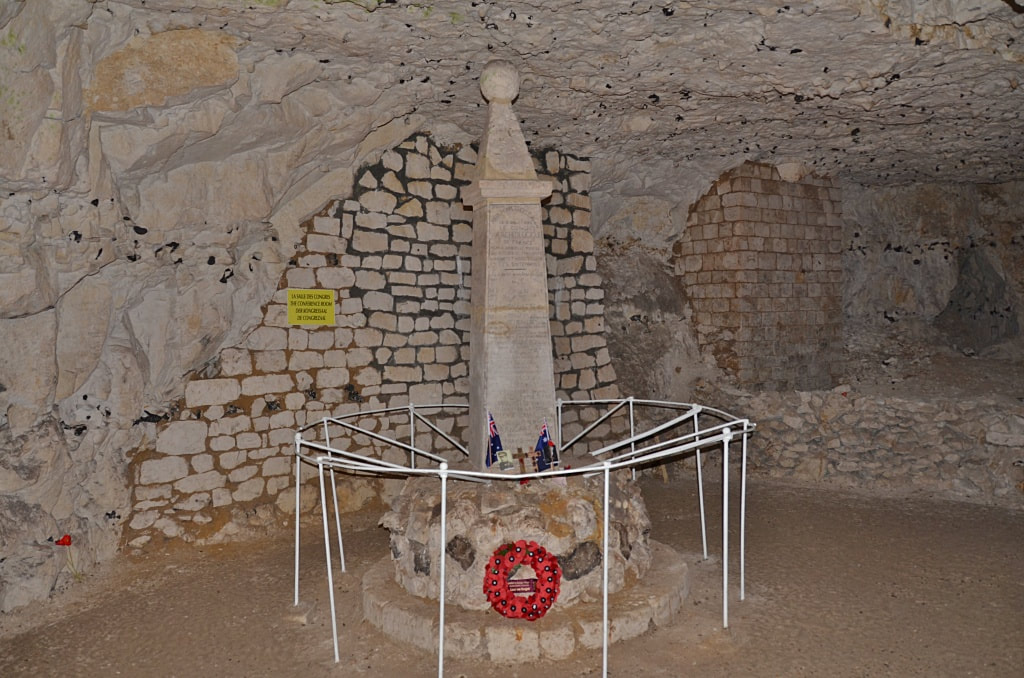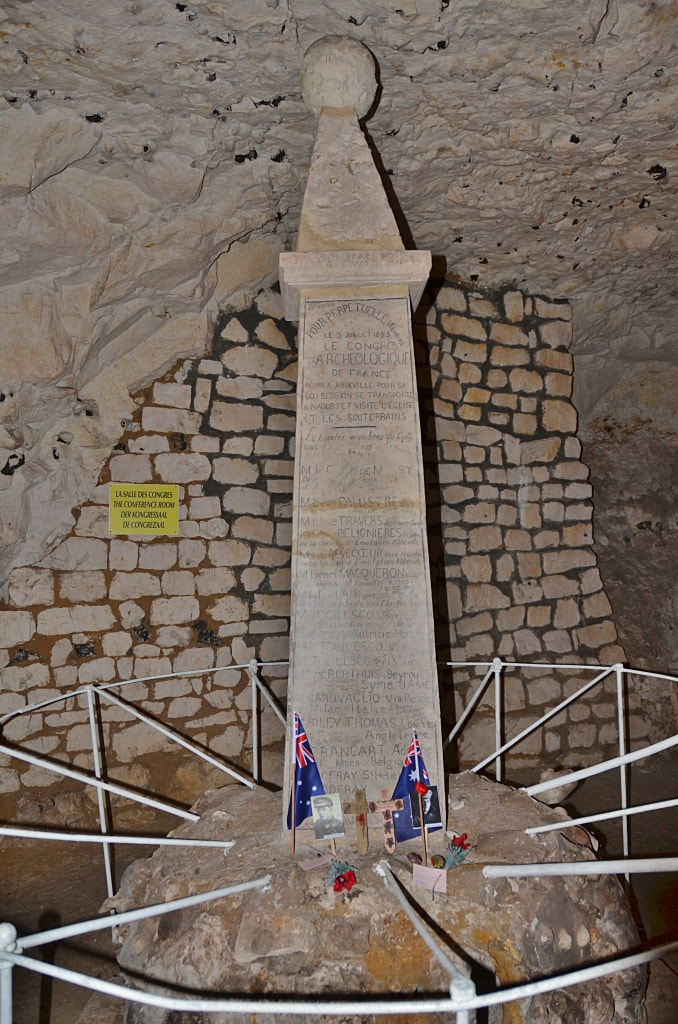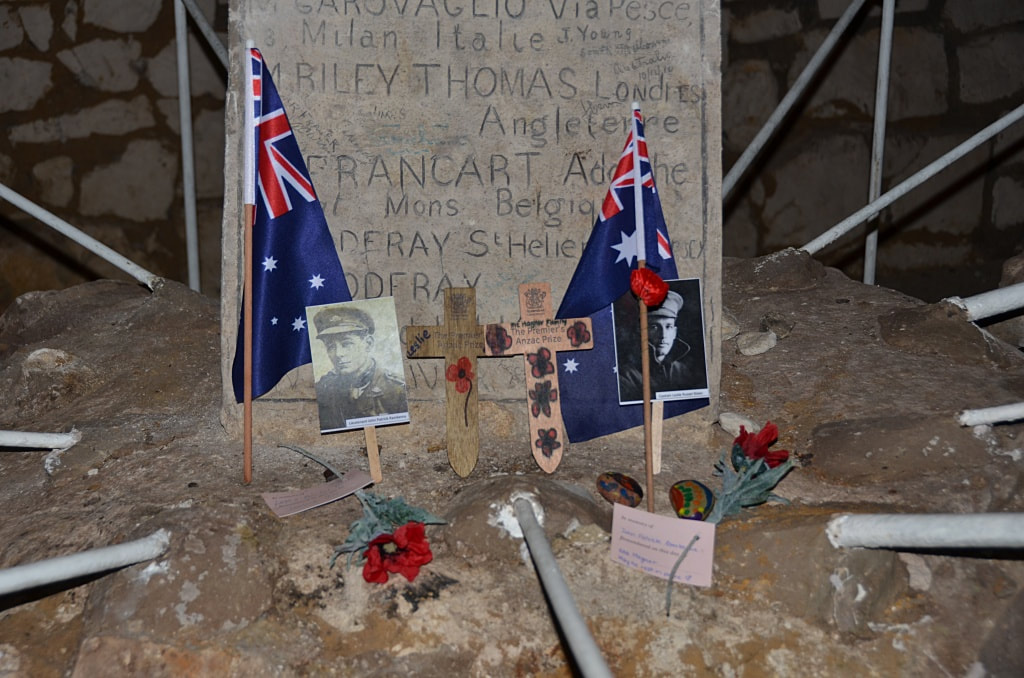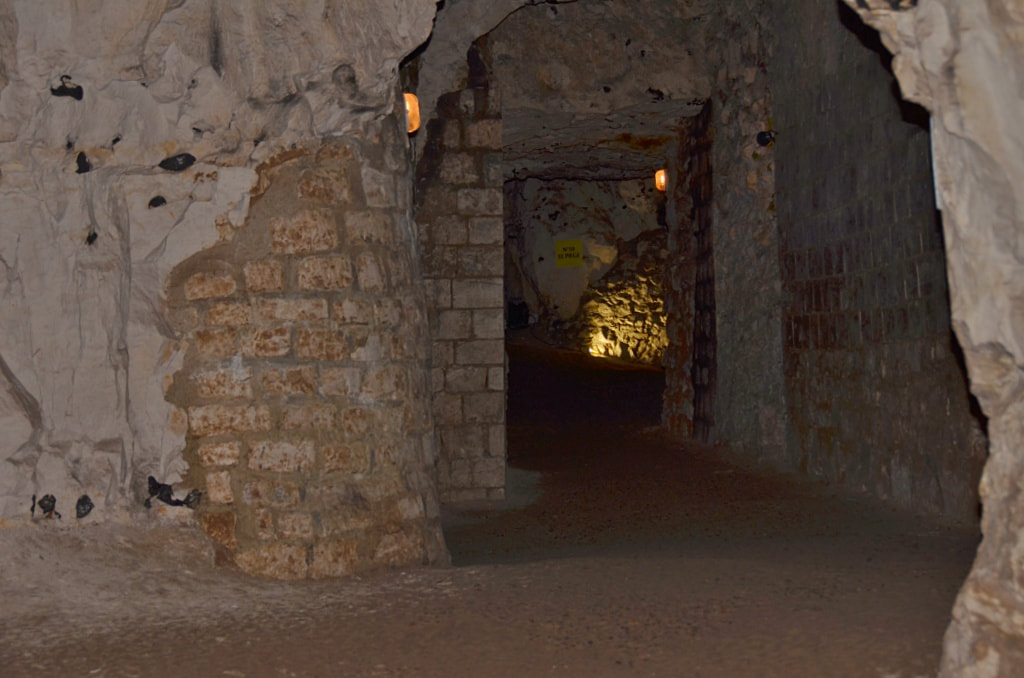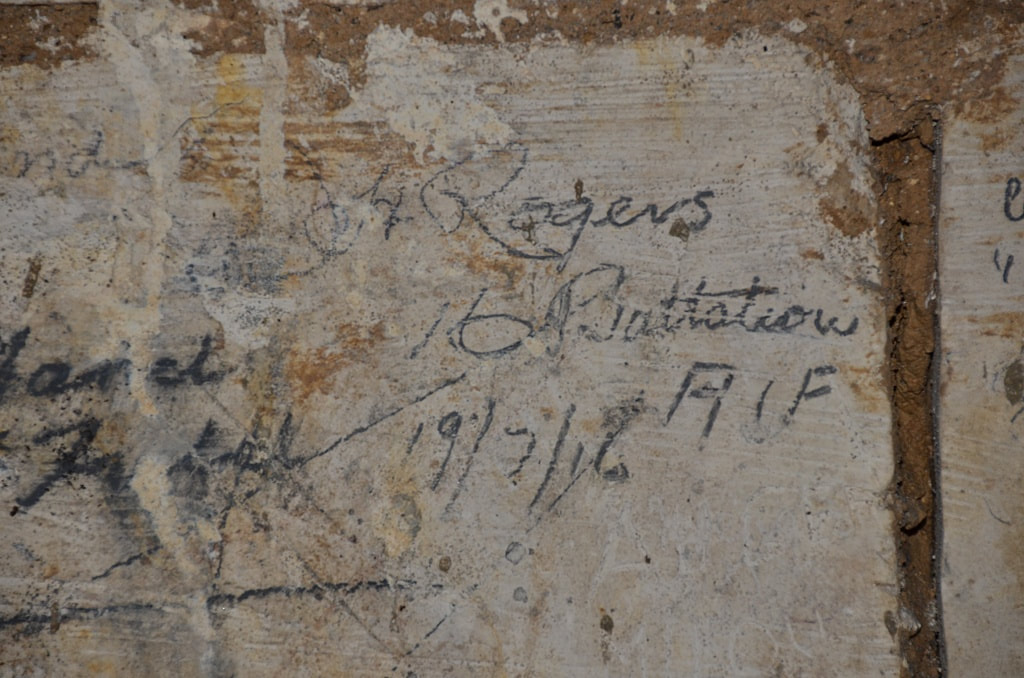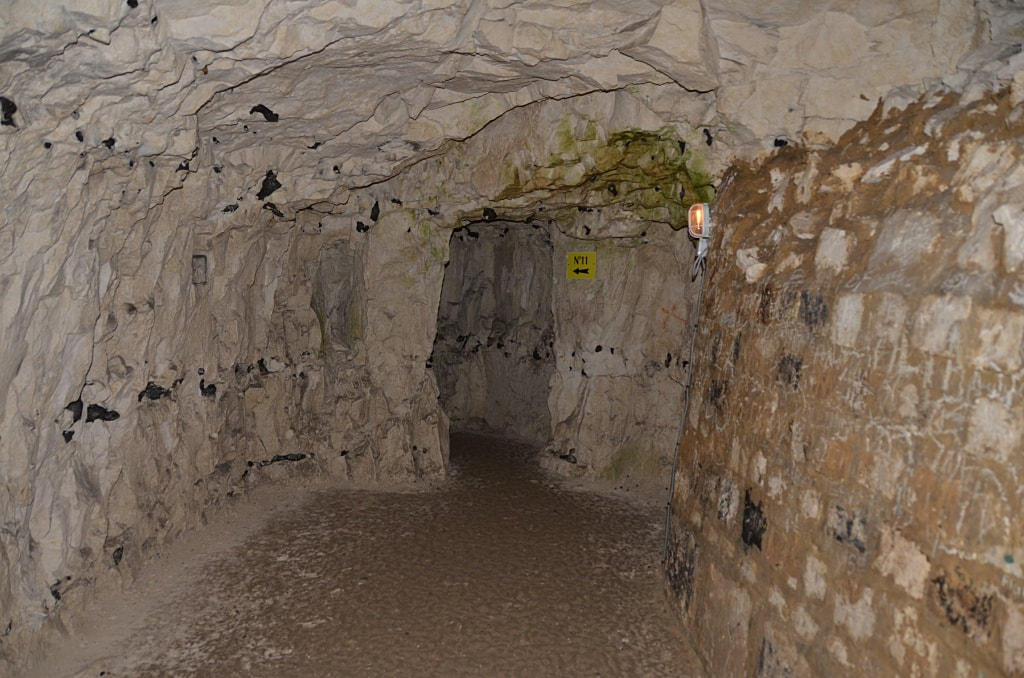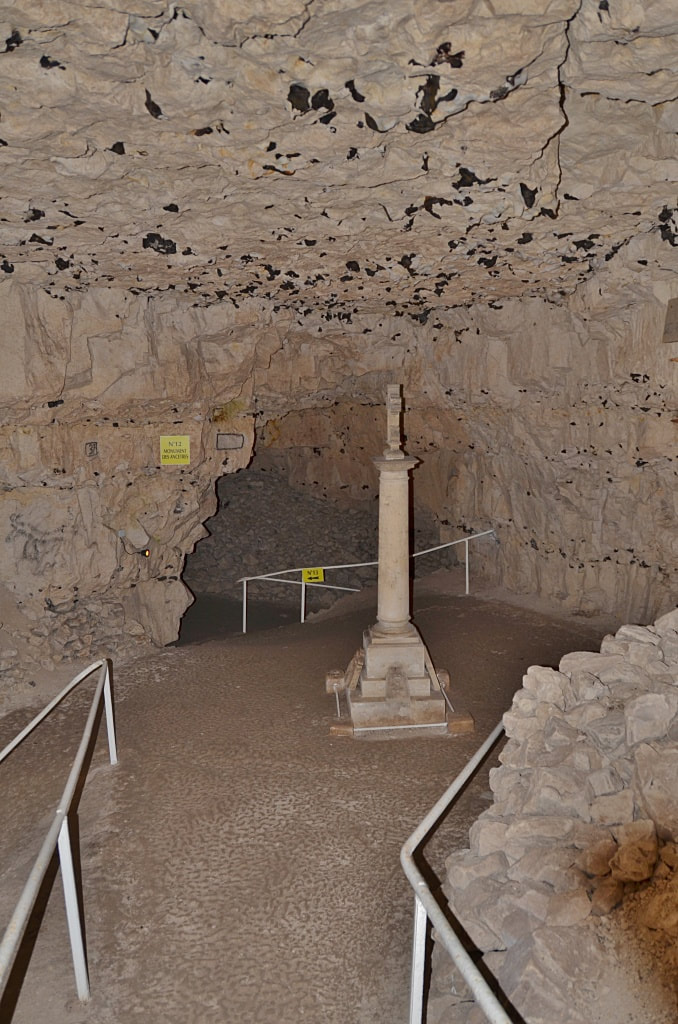NAOURS CHURCHYARD
Somme
France
Location Information
Naours is a village in the Department of the Somme, 20 km north of Amiens and 3.5km west of the N25 Amiens/Doullens Road. There are three burials of the Great War buried here. Sgt. Pennal does not have a CWGC headstone but has a private memorial contained in a CWGC plot with two Commonwealth soldiers. The graves are located in the South-West angle of church.
Naours is a village in the Department of the Somme, 20 km north of Amiens and 3.5km west of the N25 Amiens/Doullens Road. There are three burials of the Great War buried here. Sgt. Pennal does not have a CWGC headstone but has a private memorial contained in a CWGC plot with two Commonwealth soldiers. The graves are located in the South-West angle of church.
An explanation of the private headstone.
My mother was told by her father that Wilfred had taken his own life, we know only that he had recently had a "Dear John" letter and had lost some very close friends in the bitter fighting in the area and his beloved horse had also been killed in the previous days.
Many years later, while looking through the papers of another great uncle who had died, my mother discovered a letter sent to my great grandparents by men of Wilfred's squadron in January 1918, saying that they wished to erect a stone over his grave. This letter includes the very same inscription that can been seen in your picture. They were asking if my relatives wished to add or change anything, it appears they added 'At Rest' to the end.
It's clear from the letter that his squadron had returned to the area where Wilfred was buried in France and wanted to raise the stone before they were ordered elsewhere. I understand the men in the squadron paid for the stone themselves, they must have thought a lot of him.
My great great grandfather was Donald Inglis who is buried at Beuvry Communal Cemetery Extension and my other great uncle was Wallace Payne who is buried at Point-Du-Jour Military Cemetery
Pictures and information courtesy of great nephew, Ian Standfast
Other Burial Details
722 Private S. Franks, 4th Div. Train, Australian Army Service Corps. Died 14th Dec. 1916.
46484 Private Henry Dixon Lytham, 23rd Bn. Manchester Regt. Died 16th Feb. 1917, aged 25. Husband of E. Lytham, of Bridge End, Skerton, Lancaster.
Cemetery and Underground City Pictures © Johan Pauwels
My mother was told by her father that Wilfred had taken his own life, we know only that he had recently had a "Dear John" letter and had lost some very close friends in the bitter fighting in the area and his beloved horse had also been killed in the previous days.
Many years later, while looking through the papers of another great uncle who had died, my mother discovered a letter sent to my great grandparents by men of Wilfred's squadron in January 1918, saying that they wished to erect a stone over his grave. This letter includes the very same inscription that can been seen in your picture. They were asking if my relatives wished to add or change anything, it appears they added 'At Rest' to the end.
It's clear from the letter that his squadron had returned to the area where Wilfred was buried in France and wanted to raise the stone before they were ordered elsewhere. I understand the men in the squadron paid for the stone themselves, they must have thought a lot of him.
My great great grandfather was Donald Inglis who is buried at Beuvry Communal Cemetery Extension and my other great uncle was Wallace Payne who is buried at Point-Du-Jour Military Cemetery
Pictures and information courtesy of great nephew, Ian Standfast
Other Burial Details
722 Private S. Franks, 4th Div. Train, Australian Army Service Corps. Died 14th Dec. 1916.
46484 Private Henry Dixon Lytham, 23rd Bn. Manchester Regt. Died 16th Feb. 1917, aged 25. Husband of E. Lytham, of Bridge End, Skerton, Lancaster.
Cemetery and Underground City Pictures © Johan Pauwels
Naours Underground City
The Underground City of Naours is home to around 3 000 examples of graffiti (finds to date) drawn by First World War soldiers: 1 800 are believed to be by Australian soldiers, others by English, Irish, Scottish, American and French soldiers. More than 600 are still to be identified. It is the largest concentration of WW1 inscriptions on the Western Front. During the Great War, the underground cave network was used as an organized tour destination, a means of distraction for soldiers on leave or convalescent behind the front lines.

